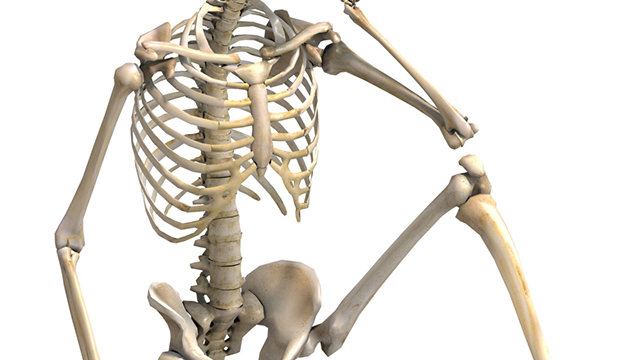“Science keeps showing us that sex also doesn’t fit in a binary, whether it be determined by genitals, chromosomes, hormones, or bones (which are the subject of my research),” says Alexandra Kralick for Pacific Standard. “Skeletal studies, the field that I work in as a doctoral student in anthropology, and the history of this field show how our society’s assumptions about sex can lead to profound mistakes, and how acknowledging that things are not really as binary as they may seem can help to resolve those errors.”
While science began classifying skeletal bones as “male” or “female” in the early 1900s, this distinction depended on such traits as a grooved pelvic bone and heavier muscle attachments. Starting in 1972, an anthropologist noted that there were about 12 percent more skeletons labeled male than female, which doesn’t match actual population ratios. It appeared that if a skeleton was difficult to categorize, it was being labeled male. Since that time, more skeletons have been labeled “indeterminate.” More recent studies attempt to classify using DNA, when it is accessible. But does DNA have all the answers?
In articles for both Pacific Standard and for Slate, Kralick notes that people who appear physically female or male may be found, even late in life, to be XXY or XY. Indeed, men who appear for all common definitions to be “male to the bone” can have ovarian tissue in their bodies. Women who appear entirely “feminine” might have higher testosterone than the average man. She notes women who achieved great athletic success, only to be disqualified on the basis of chromosomes.
Kralick expands:
The famous cases of strong, athletic, and audacious female athletes who have had their careers derailed by the Olympic “gender tests” exemplify how misguided it is to classify sex or gender as binary. These women are, like all of us, part of a sex spectrum, not a sex binary. The more we as a society recognize that, the less we will humiliate and unnecessarily scrutinize people—and the less discriminatory our world will be.
How Human Bones Reveal the Fallacy of a Biological Sex Binary
We Finally Understand That Gender Isn’t Binary. Sex Isn’t, Either

